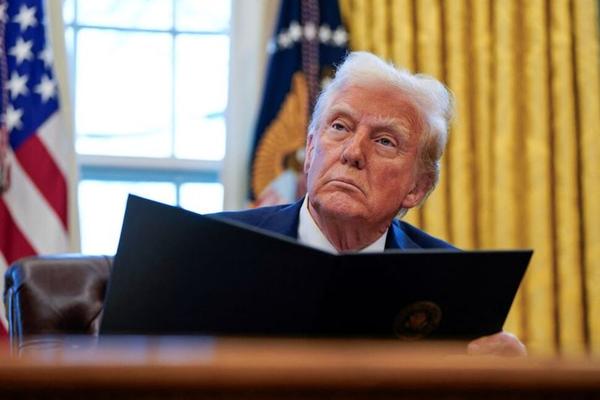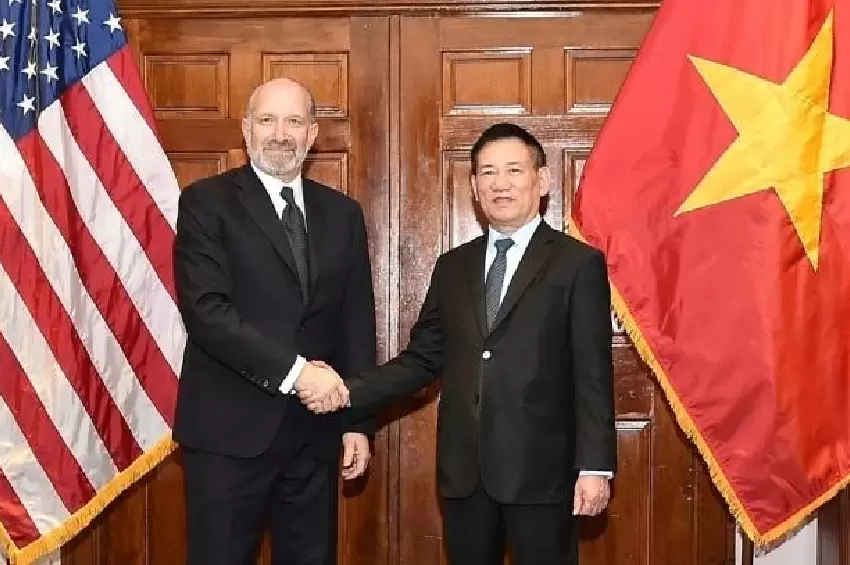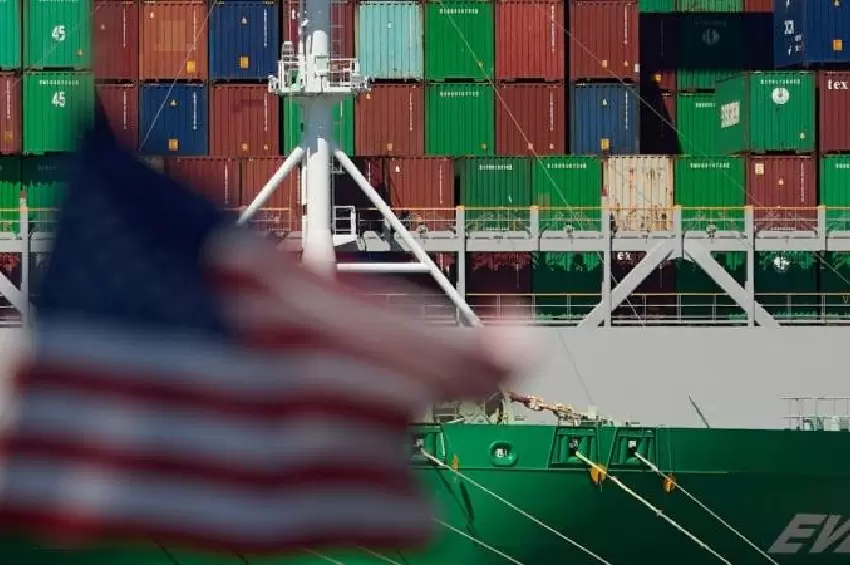Trump Signs Executive Order Imposing New Tariffs
In a significant move that could reshape global trade dynamics, U.S. President Donald Trump has signed an executive order imposing hefty tariffs on imports from Canada, Mexico, and China. Effective from February 4, these tariffs mark a pivotal moment in Trump's 'America First' policy, aiming to address trade imbalances and geopolitical issues.

The tariffs include a 25% levy on products from Canada and Mexico, with an additional 10% on Canadian energy products and Chinese imports. This decision, made under the International Emergency Economic Powers Act (IEEPA), is expected to impact $1.3 trillion in trade, representing 43% of U.S. imports and 5% of the nation's GDP.
Economic and Political Reactions
This bold strategy has sparked widespread concern among economists and political figures. Former U.S. Treasury Secretary Larry Summers criticized the measure as potentially dangerous to the U.S. economy. Bloomberg Economics predicts the average U.S. tariff rate could rise from 3% to 10.7%, potentially causing a significant supply shock and exacerbating inflation.
Canada has already announced plans for retaliatory tariffs, which could lead to an escalation in tariff rates. The potential destabilization of Mexico's economy due to these tariffs could also increase attempts to cross the U.S. southern border, adding complexity to the situation.
Global Implications and Future Outlook
Trump's decision to impose universal tariffs on strategic competitors and neighboring allies alike underscores his administration's commitment to protectionist trade policies. The global economic community is closely monitoring the situation, with many experts warning of the potential for a broader trade conflict.
As the tariffs take effect, the long-term implications for international trade relations and the U.S. economy remain uncertain. The world watches as the U.S. embarks on this bold new chapter in its trade policy.









Comments